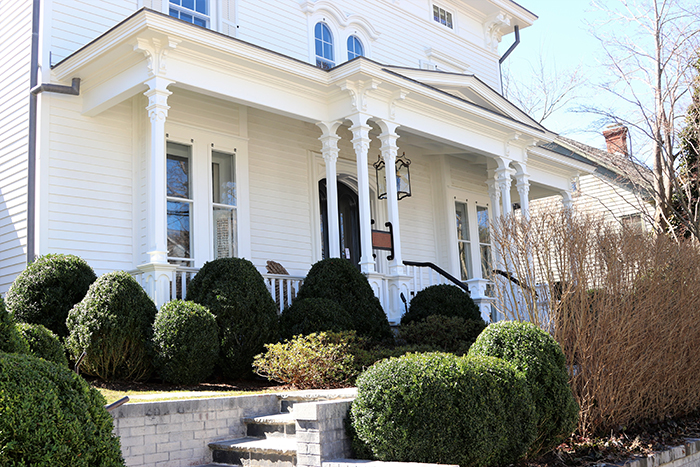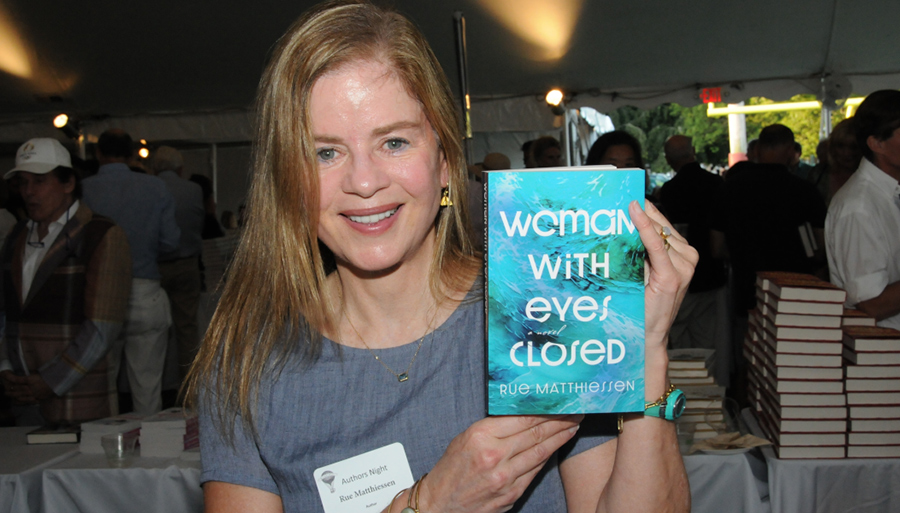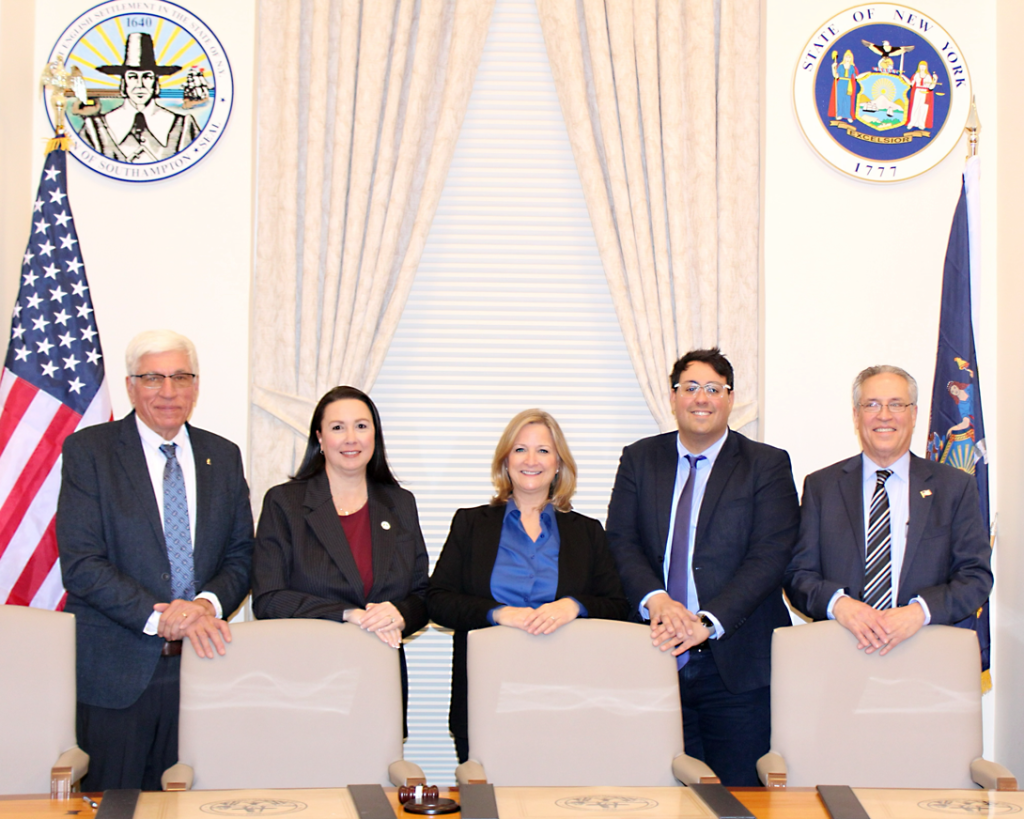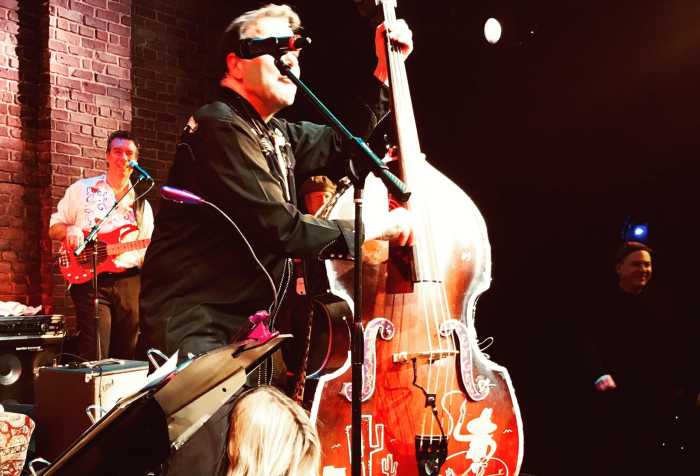Uncovering the Truth Behind a President's Sag Harbor 'Summer Retreat'

Among the many plaques commemorating all the storied history on the East End, one that has caused some head scratching in the Dan’s Papers offices is outside of 20 Union Street in Sag Harbor village. There you’ll find a plaque, stating quite innocuously that the house was built in 1796 by John Hulbert, a Revolutionary War hero who is believed to have designed and carried the flag immortalized by Francis Scott Key in the “Star Spangled Banner.” That alone is reason enough for a plaque! But it continues: “1870 Stephen French NYC Police President.” According to the Sag Harbor Express, French bought the house for $3,250 sometime in 1871 or 1872 from B.J Haurand, a cigar manufacturer and dealer in the village. The paper further stated that French was to “repair it and put it in good shape for a residence.” In February of 1909, the Express reported that the home, then for rent, “is to be put through repair before occupancy.” In 1950, Leonard Pino, the man who installed the plaque, purchased the home from Morley B. Lewis to use as a funeral home—after some remodeling. We all remember the extensive renovations to the house not too long ago. Some things, it seems, never change.

It’s the third item on the plaque that aroused our suspicions: “Pres. C. A. Arthur Summer Retreat,” referring to Chester Alan Arthur, 21st President of the United States. A dive into the shallow end of Google brought up numerous real estate listings from when the house was last for sale with some truly wild claims, one that Arthur actually owned the home. Another page noted that Arthur had only served as president for two years. This latter claim being demonstrably false our suspicions were further raised. Thankfully, local historians Jean Held and Andrea Meyer at the East Hampton Library put us on track to find out the truth.
To understand why Arthur might have come to Sag Harbor, we have to understand a bit about the man. Arthur was born in Vermont, then spent his first two-and-a-half decades living up and down the Hudson River Valley before beginning his career as a lawyer in New York. During the Civil War, Arthur served as Quartermaster General of the State of New York. Following the War, using his legal and military connections, Arthur came under the tutelage of New York Senator Roscoe Conkling and his powerful New York political machine and spoils system, which supported President Ulysses S. Grant. In 1871, Grant appointed Arthur to the position of Collector of the Custom House at the Port of New York, a highly coveted job with many financial incentives. It’s in this capacity that Arthur would have at least been aware of Sag Harbor—its customs house being second in collections only to New York—and possibly have visited the port village.
A curious article in The Evening World, a New York newspaper, from March 27, 1889, discussing French’s desire to remain at his Police Commission post (more on this later), notes that French had been in the position since “Arthur discovered him in a chandlery store in Sag Harbor.” Who was Stephen French?

French was one of three brothers—Hannibal and Abel being the others—all in the whaling business. Fun fact: Stephen and Hannibal were the owners of the last whaling ship ever to leave Sag Harbor, the Myra, which was condemned and broken up at Barbados in December, 1874. Before that, when still a teen, French spent three years on the whaling ship Aeasta, which travelled to South America and the South Pacific. At 20, he, along with many other whalers from Sag Harbor, sailed for San Francisco on hearing of the gold in California. On the West Coast he was a whaler, gold miner, hotelier and shopkeeper. The book History of Suffolk County notes that he made and lost “in five years two or three moderate fortunes.” It further states that on a trip to the Sandwich Islands, French “found there, as shipmaster, his brother, whom he had not seen in eight years; and returned home in the same ship, reaching Sag Harbor in June 1854.” What a small world! He would spend the next decade-plus as a merchant at the firm of H & S.B. French on the corner of Wharf and East Water Streets (now Bay Street). Was this possibly the “chandlery store in Sag Harbor” which The Evening News mentioned a decade earlier? One who speculates might say yes.
French remained a Sag Harbor merchant until, after the death of his wife in 1865, he turned his attention to politics. In 1868 he was appointed the treasurer of Suffolk County, then elected in his own right to the position in 1869 and 1872. In 1874 he unsuccessfully ran for Congress and in 1875 lost a reelection bid for County Treasurer. However, no doubt using his mercantile and political connections, French was nominated by President Grant in 1876 to the position of Appraiser of Customs Applications at the Port of New
York. French took the oath of office before the Collector of the Port—Chester Arthur. French’s appointment was suggested by Thomas Murphy, Arthur’s friend and predecessor as Collector. It appears that by this time, French was fully entrenched in the New York political machine run by the U.S. Senator from New York Roscoe Conkling.
At some point, however, French seems to have fallen out of favor with Conkling. One of President Grant’s final acts while in office in 1877 was to remove French from his appointment as Appraiser in what the Express called “one of the scurviest political tricks perpetrated under the late Administration.” Not long after, Arthur would also find himself dismissed from his position by the new president, Rutherford B. Hayes. Nevertheless, French still had powerful connections in the New York political machine and in May of 1879, Mayor Cooper nominated him for the position of Police Commissioner. The Corrector of Sag Harbor reported that “It was given out that this was ‘a deal’ between Gen. [Chester] Arthur and John Kelly…”

Arthur would soon prove to be the most powerful friend a man could have. At the 1880 Republican National Convention in Chicago—to which the duo travelled together—Arthur captured the nomination for Vice President to dark-horse candidate James A. Garfield. Arthur’s nomination was widely seen as placating Conkling and the New York political machine which Arthur and French had become an integral part of. French and Arthur thereafter show up together quite often. In May of 1880, the pair were together in Albany; in November, just after the election of the Garfield-Arthur ticket they were together in Babylon. In fact, several sources, including The New York Times and the Brooklyn Daily Eagle, refer to the intimate relationship the two politicians shared.
As fate would have it, Garfield became the second American president to be assassinated, shot by a deranged office-seeker upset that Garfield had not given him a position and sure that Arthur would, on July 2, 1881, four months after Garfield took office. Upon surrendering to the authorizes, the assassin, Charles Guiteau, yelled out, “Arthur is President now!” This exclamation led some to believe that Arthur himself—unknown to most Americans as anything more than a party hack and Conkling lackey—may have been involved in the plot, and perhaps by extension, Conkling too. One should refer to Candice Mallard’s Destiny of the Republic for a fuller examination of Garfield, his death, Arthur’s reaction and his about-face change regarding the New York political machine and spoils system.
For our purposes all we need to mention is the close professional relationship French and Arthur shared. French, for example, appears to have been at Arthur’s New York residence at 123 Lexington Avenue, when a Sun reporter informed Arthur that Garfield had finally died of his wounds on September 19, 1881. Arthur was now President of the United States. And now, knowing what we know it wouldn’t be too far fetched to assume that Arthur might have made a trip or two out to his good friend’s Sag Harbor home—where French still maintained various business interests and to which he escaped from New York summers. To call the home the president’s “Summer Retreat,” however, might be a stretch.









